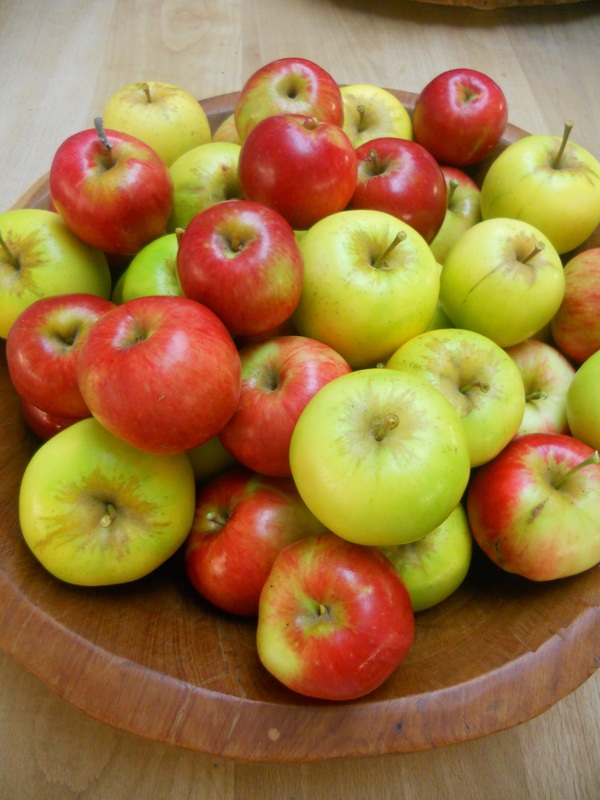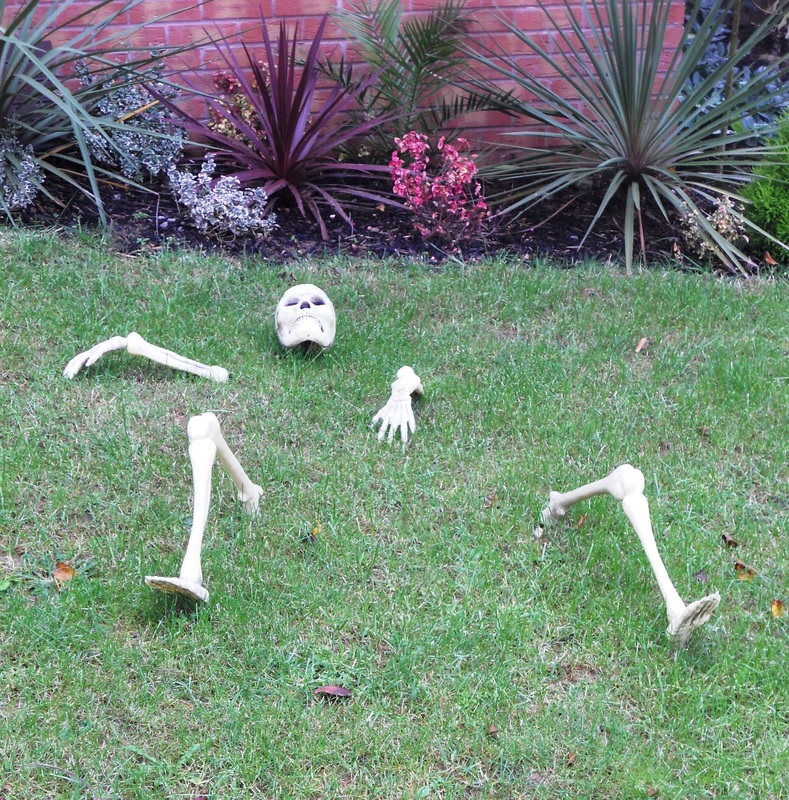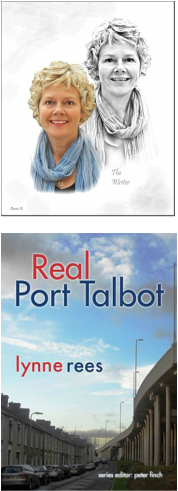'Ducking Apples' we called it: the washing up bowl filled with cold water and placed on sheets of newspaper on the living room floor. And then we lowered our heads and bared our teeth around the shiny skin of green apples that bobbed away from our bites. I don't think I ever ate an apple I caught. But that wasn't the point!
Twco afalau, historian Les Evans calls it:
'Fruit, particularly nuts and apples, have long been associated with Halloween [31st October], and apple-ducking or baiting is still observed locally, although it is not as popular as it used to be.'
The book was first published in 1963 and the game was pretty popular in our Port Talbot home through the mid sixties at least. Does anyone still do it these days though? I hope so.
Calan Gaeaf, 1st November, and traditionally the first day of winter, was an important Welsh festival. Celebrations began on the previous evening, on Nos Calan Gaeaf or Hallowe-en: a contraction of All Hallows Evening, a 'hallow' being a saint or holy person.
The fires lit on these evenings were known as Beltane fires, and it's thanks, again, to Les Evans that I now realise the name not only derives from 'Baal, or Bel, the ancient Sun or Fire God' but also from the Welsh, tân, for fire.
Another local Halloween custom that Les Evans recounts isn't one I'm familiar with:
'We also blackened our faces and dressed in clothes of the opposite sexes - as did the ancient Romans during the same festival - and made our round of neighbours' houses chanting a jingle and ever expectant of a small gift.'
These days skeletons and witches, and probably zombies now as well, tend to be the costumes of choice.
Twco afalau, historian Les Evans calls it:
'Fruit, particularly nuts and apples, have long been associated with Halloween [31st October], and apple-ducking or baiting is still observed locally, although it is not as popular as it used to be.'
The book was first published in 1963 and the game was pretty popular in our Port Talbot home through the mid sixties at least. Does anyone still do it these days though? I hope so.
Calan Gaeaf, 1st November, and traditionally the first day of winter, was an important Welsh festival. Celebrations began on the previous evening, on Nos Calan Gaeaf or Hallowe-en: a contraction of All Hallows Evening, a 'hallow' being a saint or holy person.
The fires lit on these evenings were known as Beltane fires, and it's thanks, again, to Les Evans that I now realise the name not only derives from 'Baal, or Bel, the ancient Sun or Fire God' but also from the Welsh, tân, for fire.
Another local Halloween custom that Les Evans recounts isn't one I'm familiar with:
'We also blackened our faces and dressed in clothes of the opposite sexes - as did the ancient Romans during the same festival - and made our round of neighbours' houses chanting a jingle and ever expectant of a small gift.'
These days skeletons and witches, and probably zombies now as well, tend to be the costumes of choice.
But given the propensity for some of the lads at Taibach RFC to dress up in women's clothing, at least once a year*, then I'm sure it wouldn't take too much effort to reignite this particular tradition!
A Leslie Evans, The History of Taibach & District, published by the author 1963, 2nd edition 1982 by Alun Books, Port Talbot.
* The club's unmissable and iconic annual panto is hilarious, cheeky and wonderfully irreverent. The 2015 show, Jack and the Giant Cactus, opens on 6th December. Tickets from the club.
A Leslie Evans, The History of Taibach & District, published by the author 1963, 2nd edition 1982 by Alun Books, Port Talbot.
* The club's unmissable and iconic annual panto is hilarious, cheeky and wonderfully irreverent. The 2015 show, Jack and the Giant Cactus, opens on 6th December. Tickets from the club.




 RSS Feed
RSS Feed